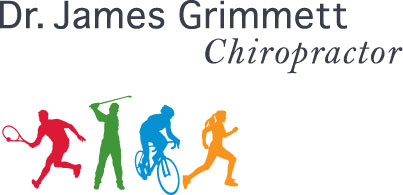ART as holds true for many areas of medicine has evolved since it’s inception 30 plus years ago. These on-going improvements have most recently given rise to the level 2 courses.
ART’s original principals remain unchanged. That is, getting tight tissue, be it from contractures or fibrosis (scar tissue), to ‘release’ or let go. The goal being to restore as much as possible the damaged tissue – muscle, fascia, or nerve… – back to it’s normal functioning state.
ART is a manual approach. To release the damaged tissue the therapist uses their hands to get the correct depth as in muscle and then guide specific movement of the patient to create the desired tension within this muscle. The therapist then waits to feel the tissue release.
What has evolved in level 2 courses is the assessment of the relative movement between two adjacent structures. This may be an interface of muscle and muscle, muscle and tendon or tendon and fascia. In healthy tissues there should be relative movement at this interface. If the movement at the interface is restricted or sticky the therapist applies specific tension to restore this relative motion.
There are a few ways to re-established the desired relative movement at the interface. The most common approach is for the therapist to apply opposite directions of tension with their fingers and thumbs. One hand on the one structure, the other hand on the second structure close to the seem where the structures meet. Then specifically guided patient movement is carried out while the therapist applies opposing tension with their fingers to help release the restriction at the interface.
Level 2 does not replace the need to free up the individual tissues first. Level 2 is a helpful addition to ART’s approach to assessment and treatment for challenging cases. Stubborn conditions such as chronic back/neck pain, tennis elbow or plantar fasciitis where some improvement has been made from basic ART but then plateaus may well benefit from level 2 protocols.
As holds true for ART from it’s inception if ART is the needed treatment improvement should be noted immediately post treatment. I’m not saying 100% improvement but I happily take it when it happens, but there should be an indication of progress. For example, if there is a restricted range of movement an increase in this range should be observed immediately following the ART protocol.
